
Le 13 août 2024, Toray Composite Materials America, Inc. a annoncé que sa ligne de production de fibre de carbone Torayca T1100 avait été mise en service dans son usine de Decatur en Alabama, aux États-Unis. Cette ligne de production soutiendra pleinement la recherche, le développement et la fabrication de composants clés du projet FLRAA (Futur Long-Range Assault Aircraft) de l'armée américaine. FLRAA est également devenu le premier projet d'aviation militaire rendu public à sélectionner définitivement la fibre de carbone T1100 de Toray.
Avec les progrès technologiques continus, le développement et l’application de nouveaux matériaux jouent un rôle de plus en plus important dans l’industrie de la défense. Les composites en fibre de carbone, avec leurs performances supérieures, sont devenus l’un des matériaux les plus remarquables du secteur militaire. Ils offrent une résistance élevée, un module élevé, une faible densité, une résistance à la corrosion et une résistance à la fatigue, ce qui les rend indispensables pour améliorer les performances des équipements militaires, réduire les coûts et améliorer l'efficacité au combat.
Cet article fournira une introduction détaillée aux principales applications des composites en fibre de carbone dans le secteur de la défense terrestre.
Partie 1 :
Caractéristiques et applications des composites en fibre de carbone
Haute résistance et module élevé
Les composites en fibre de carbone possèdent une résistance et un module qui dépassent de loin ceux des matériaux métalliques traditionnels tels que l'acier et l'aluminium. Cela permet une réduction significative du poids des équipements tout en garantissant la solidité structurelle. Par exemple, l'avion de combat américain F-22 utilise des composites de fibre de carbone dans certaines structures clés, réduisant ainsi efficacement le poids total de l'avion tout en maintenant la solidité de la cellule, améliorant ainsi les performances de vol et la maniabilité.

Faible densité
La densité des composites en fibre de carbone ne représente qu’environ un quart de celle de l’acier et environ la moitié de celle de l’aluminium. Cela lui confère un avantage significatif en termes de réduction de poids, en particulier pour les armes et équipements qui nécessitent une grande mobilité et des capacités opérationnelles à longue portée. Par exemple, l'avion de transport militaire européen A400M utilise largement des composites de fibres de carbone dans la structure de sa cellule, ce qui réduit considérablement le poids de l'avion par rapport aux structures métalliques traditionnelles, augmentant ainsi sa capacité de charge utile et son autonomie.
Résistance à la corrosion
Les composites en fibre de carbone ont une excellente résistance à la corrosion, ce qui leur permet d'être utilisés pendant de longues périodes dans des environnements difficiles. Ceci est particulièrement important pour les équipements militaires qui fonctionnent fréquemment dans des environnements tels que les océans et les déserts. Par exemple, certains navires de la marine américaine utilisent des composites de fibre de carbone dans des domaines clés, résistant efficacement à la corrosion due à l'eau de mer et réduisant les coûts de maintenance.
Résistance à la fatigue
Carbon fiber composites exhibit excellent fatigue resistance, meaning they can withstand long-term cyclic loading without experiencing fatigue failure. This is crucial for aircraft that require frequent takeoffs and landings, high-speed flights, and for ships that endure prolonged maritime operations. For example, the Boeing 787 commercial aircraft extensively uses carbon fiber composites, demonstrating outstanding fatigue resistance in long-term commercial service. This experience has also provided valuable insights for the design and application of military aircraft.
Part 2:
Application of Carbon Fiber Composites in Military Aircraft
Reducing Weight to Improve Performance
For military aircraft, reducing weight is key to enhancing performance. In supersonic aircraft, such as the J-20 and F-35, reducing weight by just 1 kilogram can not only bring economic benefits of several thousand dollars but also improve the aircraft's maneuverability, giving it a significant advantage on the battlefield. By using carbon fiber composites, the weight of the J-20's airframe is reduced by approximately 9% compared to using aluminum alloy materials. This weight reduction greatly contributes to improving the aircraft's maneuverability and endurance. The U.S. F-35 fighter jet uses about 35% carbon fiber composites, effectively reducing the airframe's weight, improving fuel efficiency, and increasing its combat radius.
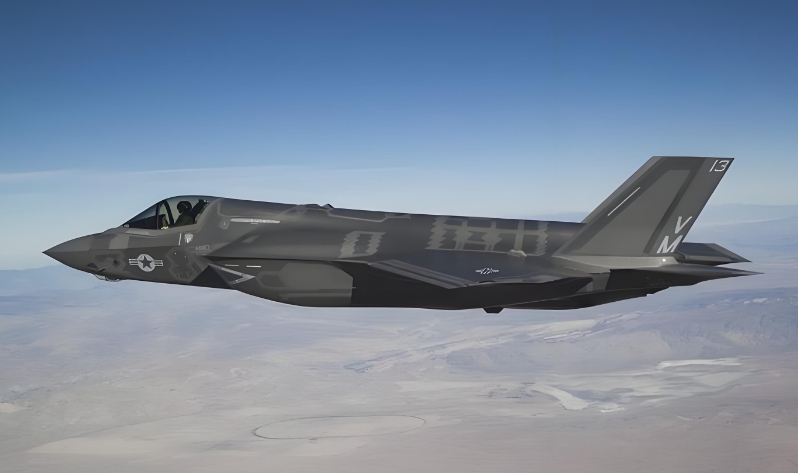
Increasing Structural Strength
The structural strength of carbon fiber is very high, allowing the aircraft's airframe to be both lightweight and robust. Advanced large aircraft and fighter jets can extensively use carbon fiber composites. For example, the Eurofighter Typhoon's airframe surface is already composed of 70% carbon fiber composites. In practical applications, carbon fiber composites can withstand the aerodynamic forces and maneuvering loads during high-speed flight, ensuring the structural safety of the aircraft.
Reducing Maintenance Costs
Fighter jets often operate in coastal areas where the air contains high levels of salt, which can easily corrode traditional metal materials, leading to high maintenance costs. However, carbon fiber composites have strong corrosion resistance and are unaffected by the salt content in the air, making the aircraft less prone to corrosion and thus reducing maintenance expenses. For instance, France's Rafale fighter jet uses carbon fiber composites in areas that are particularly susceptible to corrosion, which has reduced the frequency and cost of maintenance.
Stealth Capabilities
Through carbon fiber modification or the addition of special substances, carbon fiber composites can also enhance stealth capabilities. Specially treated carbon fiber composites can absorb radar waves, reducing radar wave reflection and thus decreasing the likelihood of detection by radar. Russia's Su-57 fighter jet uses stealth-capable carbon fiber composites in some parts of its airframe, enhancing the aircraft's stealth capabilities.
Sweden's Gripen fighter jet is primarily composed of carbon fiber composite structures, accounting for 25% of the airframe's weight, and also uses fiberglass composites and aramid fiber composites. While its design is not as stealth-oriented as some other fourth-generation fighters, the jet's small size and reduced feature inlets lower its overall radar cross-section.
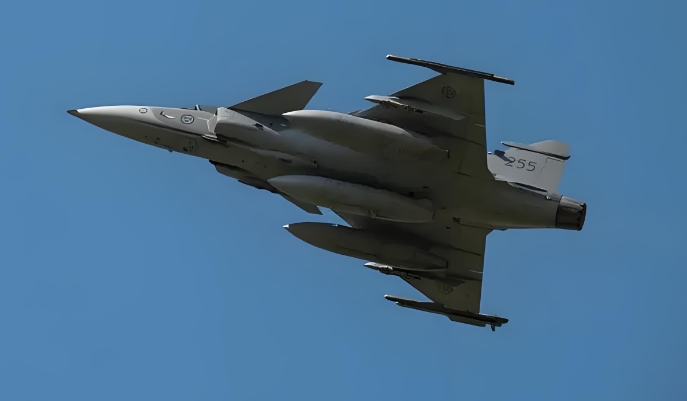
Part 3:
Application of Carbon Fiber Composites in Military Missiles
Warheads and Nozzles
The strong yet lightweight characteristics of carbon fiber composites make them highly desirable in the missile field. Initially, they were primarily used in the warhead sections and solid rocket motor nozzles of missiles. This not only saves weight and reduces costs but also increases the missile's structural strength, extends its range, and improves targeting accuracy.

China's famous Dongfeng-31 missile uses a carbon fiber composite warhead shell to improve missile performance by reducing the weight of the warhead, thereby enhancing its range and accuracy. In the Dongfeng-41 missile, the proportion of carbon fiber composites used is significantly increased, with the missile's outer shell also switched to carbon fiber composites, which further enhances performance, extending its range, allowing it to carry more warheads, and improving accuracy.
The U.S. Tomahawk cruise missile uses carbon fiber composites in the warhead and nozzle sections, improving its performance and combat effectiveness.
Rocket Shells and Launch Tubes
In addition to warheads and nozzles, rocket shells and launch tubes are also starting to use carbon fiber composites. China's Dongfeng-31 missile utilizes a carbon fiber composite warhead shell, and in the Dongfeng-41 missile, the proportion of carbon fiber composites is significantly increased, with the outer shell also switched to carbon fiber composites, leading to enhanced performance, longer range, the ability to carry more warheads, and improved accuracy.
Submarine-Launched and Air-Launched Missiles
Submarine-launched missiles and air-launched missiles are even more sensitive to missile weight, leading to a higher proportion of carbon fiber composites being used. By reducing the weight of air-launched missiles, aircraft can carry more missiles, reducing the aircraft's load, and increasing the missile's range and accuracy. For example, France's Exocet anti-ship missile uses carbon fiber composites in some of its structures, enhancing the missile's performance and compatibility.
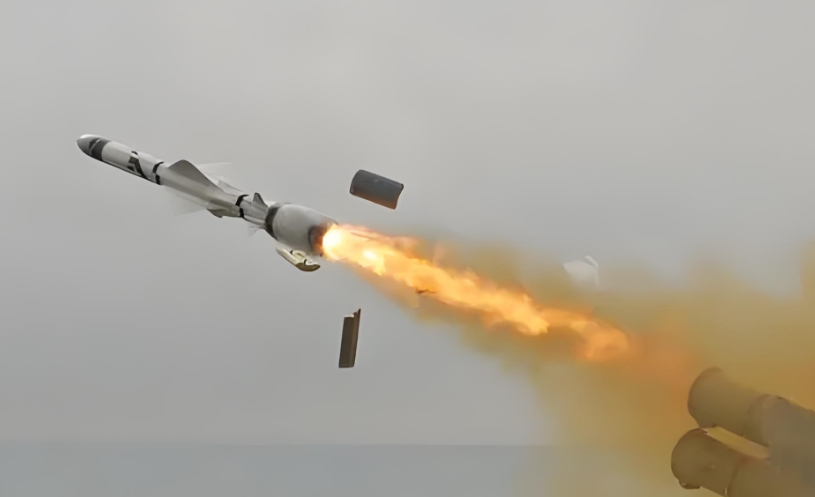
Part 4:
Application of Carbon Fiber Composites in Drones
Drones are highly sensitive to weight and cost, and the use of carbon fiber composites can bring significant economic benefits and performance improvements. The U.S. Global Hawk drone has a carbon fiber composite usage rate of up to 65%. China's Cloud Shadow drone uses carbon fiber composites in 60% of its structure, while the U.S. Predator and Shadow drones have composite material usage rates exceeding 90%. Similarly, China's Rainbow drone has a composite material usage rate of over 80%.
Extensive use of carbon fiber composites in drones can reduce airframe weight, improve endurance, and increase payload capacity. For example, Israel's Heron drone uses carbon fiber composites to construct its airframe, giving it long endurance and high payload capabilities, which have proven to be highly effective in reconnaissance and surveillance missions.
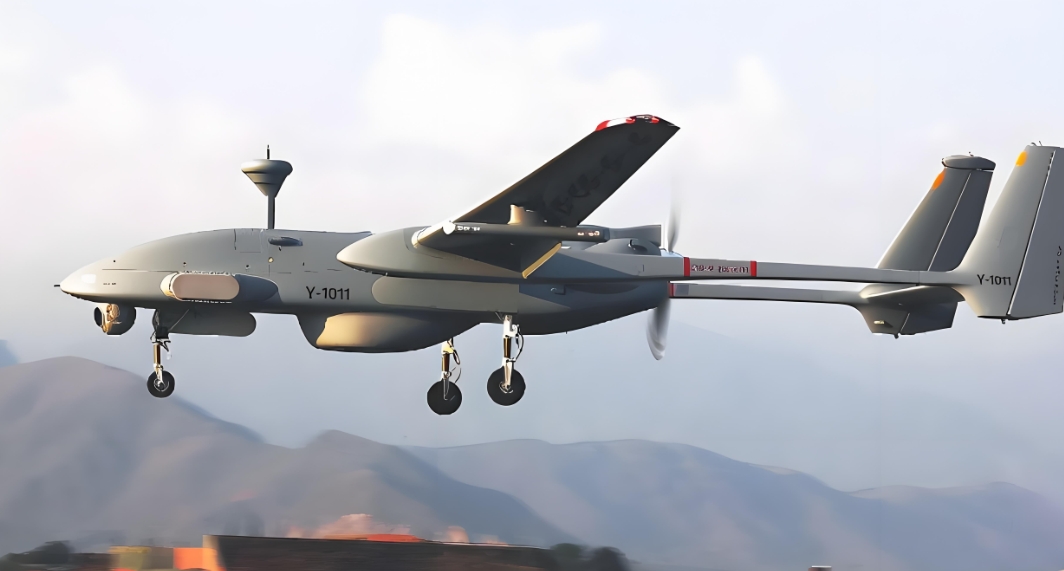
Part 5:
Application of Carbon Fiber Composites in Graphite Bombs
During the Iraq War, graphite bombs garnered significant attention. The fine filaments released by these bombs are made from highly conductive carbon fiber, which can be specially modified to enhance their conductivity. After exploding, these carbon fiber filaments can drape over power lines, causing short circuits and leading to local power grid failure. Once the power grid is disrupted, local communications, lighting, and production are all affected, and recovery is difficult in a short time. For example, during the Kosovo War, NATO forces used graphite bombs to attack the power infrastructure of Yugoslavia, resulting in widespread blackouts and severely impacting the country's war capabilities.
Part 6:
Application of Carbon Fiber Composites in Specialized Protective Gear
Bulletproof Vests
Although the current mainstream bulletproof vests are not made from carbon fiber materials, the declining production costs of carbon fiber make its superior performance increasingly attractive. Carbon fiber can be used as fabric for bulletproof vests, offering advantages such as lightweight, high structural strength, and good thermal conductivity. When a bullet strikes the vest, the material can quickly disperse the force and conduct heat, reducing localized damage. Carbon fiber composites can also be used as core materials for bulletproof vests, such as protective plates and bulletproof helmets. For example, some special forces have begun testing bulletproof vests and helmets made from carbon fiber composites, which reduce the soldiers' load while maintaining protective performance, thereby enhancing their mobility.
Thermal Protective Clothing
Combining carbon fiber with aerogel materials can produce highly effective thermal protective clothing, protecting soldiers in high-temperature environments and improving their survival chances in fires. Carbon fiber itself has good thermal conductivity, which helps disperse heat and prevents localized overheating, while aerogels can effectively insulate against heat. For instance, in firefighting and emergency rescue, thermal protective clothing made from carbon fiber composites is already being used to provide better protection for rescue personnel.
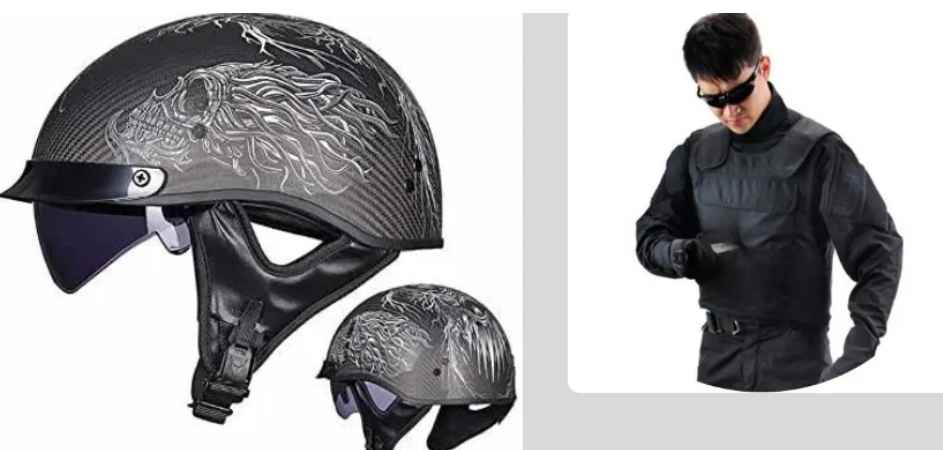
Electromagnetic Protective Clothing
Carbon fiber inherently has good conductivity, which allows it to shield against electromagnetic waves. To enhance the shielding effect, special components are often added to the carbon fiber, significantly improving its ability to protect against electromagnetic radiation and preventing harm to soldiers. For example, in electronic warfare and communications, soldiers need to wear electromagnetic protective clothing to shield themselves from electromagnetic radiation.
Part 7:
Development Trends of Carbon Fiber Composites in the Military Industry
Expanding Application Range
With continuous technological advancements, the application range of carbon fiber composites in the military field is expected to broaden. In addition to military aircraft, missiles, drones, and specialized protective clothing, future applications will include naval vessels, tanks, and armored vehicles. For instance, some new naval vessels are starting to use carbon fiber composites in their superstructures to lower the center of gravity, improve stability, and enhance stealth capabilities.
Increasing Performance
Ongoing improvements in the manufacturing processes and performance of carbon fiber composites will enhance their strength, modulus, corrosion resistance, and fatigue resistance to meet higher military demands. Additionally, new carbon fiber composites with specialized functions, such as self-healing and intelligent sensing, are being developed. For example, researchers are exploring carbon fiber composites with self-healing capabilities, allowing materials to automatically repair themselves when damaged, thus increasing the reliability and lifespan of equipment.
Decreasing Costs
As carbon fiber production technology matures and achieves economies of scale, costs will continue to decrease. This will enable more weaponry and equipment to incorporate carbon fiber composites, enhancing performance and combat effectiveness. For example, with advancements in carbon fiber production technology, the price of carbon fiber is gradually falling, creating conditions for the widespread application of carbon fiber composites in the military industry.
Conclusion
Les composites en fibre de carbone jouent un rôle crucial dans l'industrie militaire en raison de leurs performances exceptionnelles. Leurs applications dans les avions militaires, les missiles, les drones, les bombes en graphite et les vêtements de protection spécialisés ont amélioré les performances des armes, réduit les coûts et amélioré l’efficacité au combat. On pense que les composites en fibre de carbone joueront à l’avenir un rôle encore plus important dans le domaine militaire.